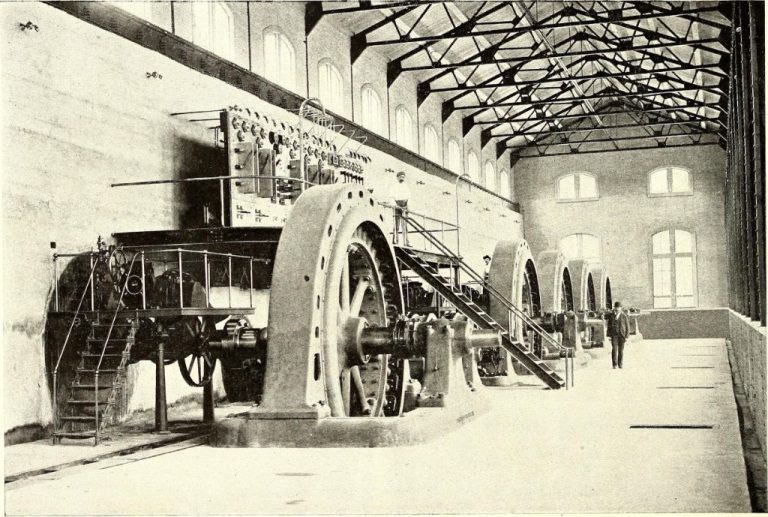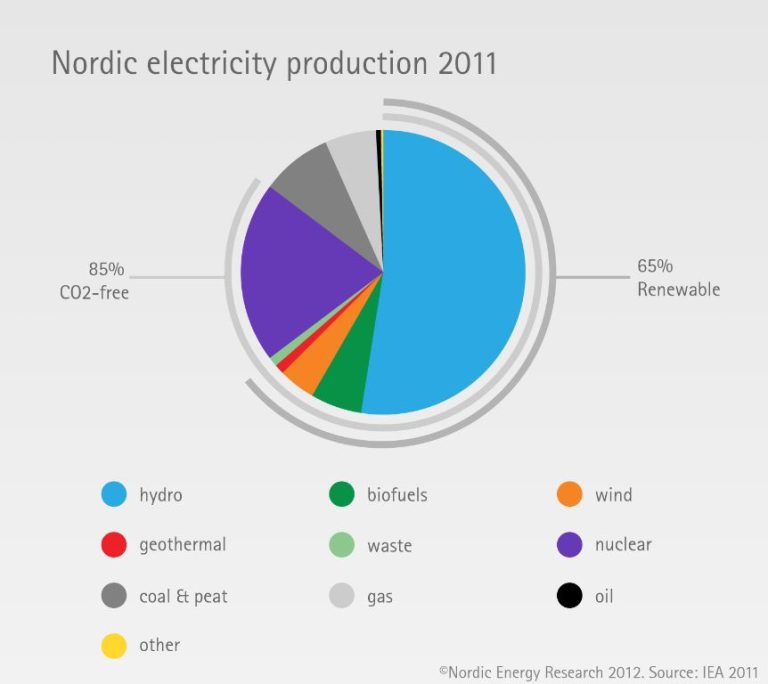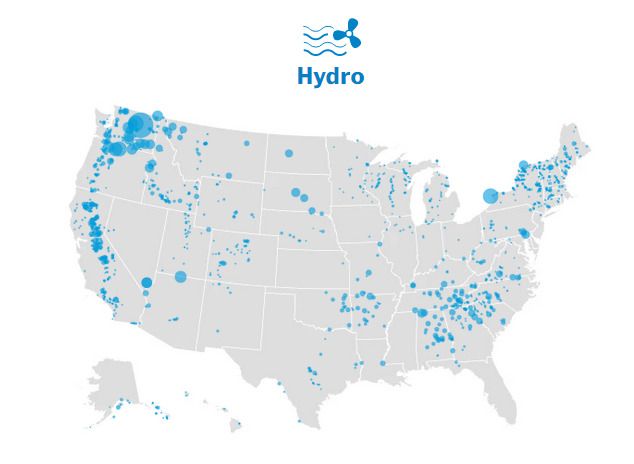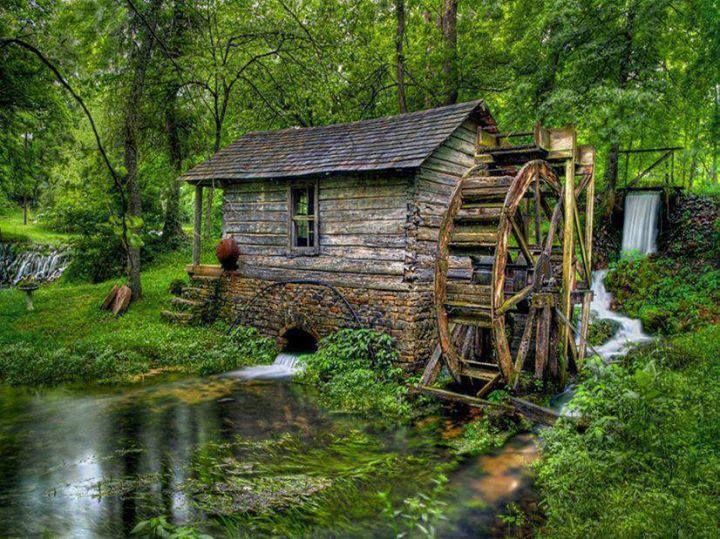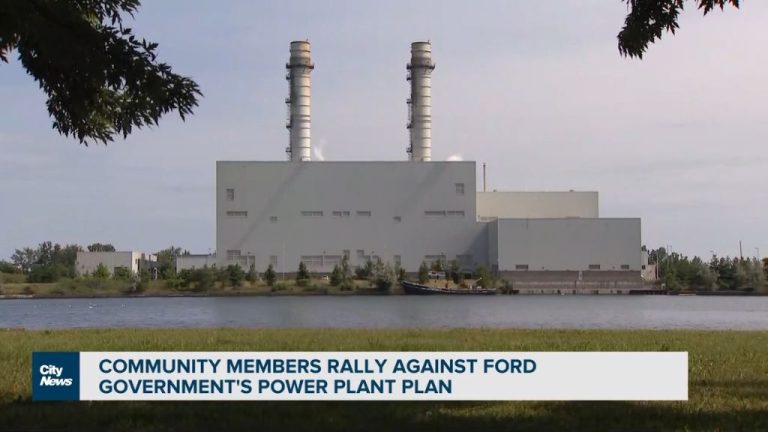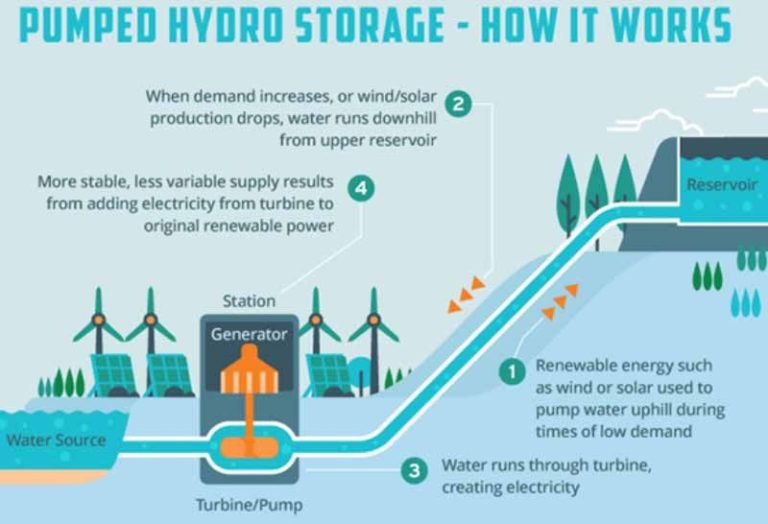Can I Use Hydropower To Power My House?
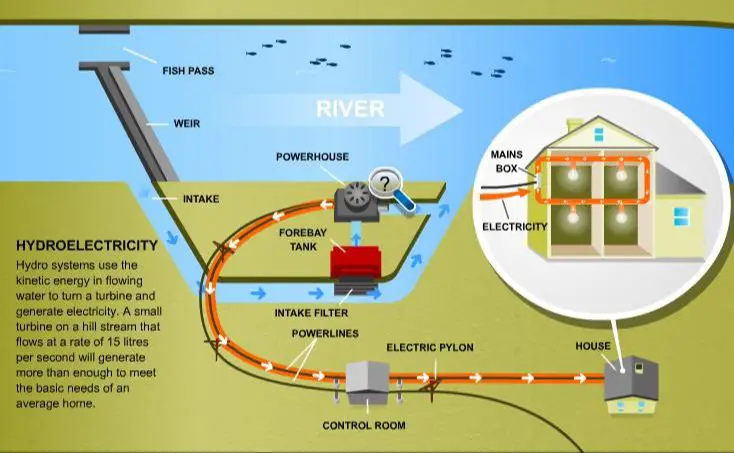
Hydropower, or hydroelectric power, is the process of using the energy of flowing or falling water to generate electricity. It is one of the oldest and largest sources of renewable energy in the world. Hydropower relies on water’s natural cycle – as water evaporates, forms clouds, precipitates, and flows back down to sea level – to spin turbines and generate power (https://www.energy.gov/eere/water/hydropower-basics). There are various ways to harness the moving water to produce electricity on both small and large scales. Using hydropower to power a home would involve installing a small hydropower system that captures the energy of flowing water on or near the property and converts it into electricity.
Assessing Home Energy Needs
To determine if a hydropower system can fully power a home, it’s important to first calculate the average energy usage. The average U.S. household consumes about 10,000-12,000 kilowatt hours (kWh) per year (EnergyBot). This works out to about 30 kWh per day.
The main household energy draws are appliances, electronics, lighting, HVAC systems, water heating, and other plug loads. Typical usage can be estimated based on the wattage and hours of use for each device. For example, a refrigerator may use 100 watts continuously, adding up to 2.4 kWh per day. Other major appliances like stoves, cloth dryers, and air conditioners can use 2-5 kWh during each use. Lighting, computers, TVs, and other devices contribute 1-2 kWh as well. Adding up these major uses gives a reasonable approximation of the home’s total energy needs.
By creating an inventory and estimating the kWh usage of all electrical devices and lights, you can calculate the total daily energy requirements. This knowledge helps appropriately size a hydropower system and determine if it can fully power a house independently.
Hydropower System Components
The main components of a hydropower system that enable it to convert the energy in flowing water into electricity are:
The turbine, which captures the kinetic energy from falling water and converts it into rotational energy to spin a shaft. There are different types of turbines suitable for different water flow rates and heads. Common ones are Pelton wheels for high heads, Francis turbines for medium heads, and Kaplan turbines for low heads.
The generator, which is connected to the turbine shaft and rotates within a magnetic field to produce electricity. AC synchronous generators are commonly used in hydropower systems.
The water source and conveyance, which brings water from a high elevation to the turbine. This may be an existing waterfall, or can involve building a dam, intake, piping (penstock), and/or channels.
Power conditioning equipment like switches, transformers, and electronics to change generator voltage and frequency to match household power needs.
Properly sizing and integrating these components is crucial for an effective residential hydropower system. The turbine and generator must match the available water flow and head at the site. The power conditioning system must boost turbine output to standard 120/240V at 60 Hz. With the right configuration, hydropower can provide reliable renewable electricity.
Sourcing Water Flow
There are a few main ways to source water flow for a home hydropower system. One option is to use an existing stream or river on or near the property. According to the Hydropower Basics page on the Department of Energy website, “Moving water is most often used for hydroelectricity using the potential energy from dams, but can also be utilized from ocean tidal movement or rivers.” Utilizing an existing stream requires building intake pipes and small dams to divert some of the water flow to your hydro system.
Another method is rainwater harvesting using gutters, drain pipes, and a storage tank or cistern to collect rainwater, which can then be fed into the hydropower system. As outlined in this USGS overview, “Water that is stored in reservoirs created by dams provides approximately 20% of the world’s electricity.” By building our own small reservoir from collected rainwater, we can replicate that on a residential scale.
Finally, an uphill reservoir filled periodically by pumping water up from a stream or well is an option. The elevation difference creates potential energy as the water flows back down to turn the turbine. This reservoir must be adequately sized to provide sufficient water volume and head pressure.
Turbine Options
There are two main types of hydro turbines that can be used for small or home hydropower systems: impulse and reaction turbines. As explained by the U.S. Department of Energy, impulse turbines are powered by the velocity of water, while reaction turbines are powered by the pressure or weight of water [1].
For small-scale hydropower, the most common impulse turbine is the Pelton wheel turbine, which uses cup-shaped buckets attached to a wheel to capture the kinetic energy of moving water. Reaction turbines like Francis turbines and Kaplan turbines are also options, as they can operate with lower heads of water. Francis turbines are the most common for microhydro systems with heads up to 300 feet. Kaplan turbines have adjustable blades and are well-suited for low head sites [2].
Run-of-river hydropower systems use the natural flow of rivers, without dams, to generate electricity. This makes them well-suited for microhydro turbines. Systems can range from pico hydro under 5 kW to small hydro up to 10 MW, making run-of-river a viable option for home power generation [3].
Powering the Home
A hydropower system can be connected directly to the household electrical wiring to power lights, appliances, and other devices. Or, the system can charge batteries that store the electricity for later use. Connecting to the household wiring requires close coordination with the local utility company.
To connect a hydropower system to the household wiring, an inverter is required to convert the DC power from the turbine generator into AC power that matches the household voltage and frequency. The inverter must synchronize with the voltage and frequency of the utility grid power if grid interconnection is desired. Interconnecting to the grid requires complying with local standards and obtaining the appropriate permits. A control panel with safety features will be installed between the turbine generator system and the household system.
For off-grid systems, batteries provide storage to accommodate usage that exceeds instantaneous generating capacity. Deep cycle lead acid batteries are commonly used, however lithium-ion batteries provide higher efficiency and longer lifetimes. A charge controller regulates the charging rate and prevents overcharging. The inverter converts DC battery output to AC power as needed.
The size of the battery bank depends on the home’s power needs and variability in generation. Days of autonomy required and depth of discharge also factor into properly sizing the battery capacity. Installing enough batteries to power the home for 3-5 days without charging is recommended for an off-grid home.
Permitting and Regulations
Installing a hydropower system for your home will require obtaining permits and following regulations, especially environmental regulations. According to the Department of Energy, you’ll likely need permits from multiple agencies such as the Federal Energy Regulatory Commission (FERC), U.S. Army Corps of Engineers, state departments of ecology, and local governments.
The main environmental regulations pertain to water quality, fish passage, and protection of natural habitats. FERC regulations require passing a certain amount of water flow for fish and wildlife conservation. You may need to construct a fish ladder or screen to prevent fish from getting caught in the turbine. All permits must be obtained before construction begins.
It’s recommended to consult with regulatory agencies early in the planning process to identify all required permits and regulations. Some key factors determining the permitting requirements are location, size of the system, and environmental impacts. With proper planning and design, small-scale home hydropower systems can receive permits without too much difficulty.
System Sizing
An important step in planning a household hydropower system is matching the size of the system to the energy needs of the home. According to the Energy Saver article from the U.S. Department of Energy, “Once you’ve determined the head and flow, then you can use a simple equation to estimate the power output for a system with 50% to 70% efficiency or more, which determines how large your hydro system can be.” Generally, the greater the flow rate available, the larger the hydropower system can be to meet energy demands.
It’s recommended to work backwards – first calculating the average household energy usage, and then determining the required flow rate and head to generate that level of power. The Canyon Hydro Guide to Hydropower states “Make sure you have enough water available for generating power. You’ll need to determine how much electricity you need and then calculate the water flow needed to produce that much power.” Proper system sizing ensures efficient power generation without wasting excess flow capacity.
Installation and Maintenance
Installing a home hydropower system is a complex process that often requires hiring licensed contractors, especially for the electrical components. However, some homeowners choose to install DIY micro-hydro systems on their own property if they have the proper skills and take safety precautions.
For larger systems beyond a few kilowatts, it is recommended to hire an experienced contractor to handle the civil works, turbine installation, powerhouse construction, and connection to your home’s electrical system. Always check credentials and consult your local permitting office. According to the U.S. Department of Energy, most micro-hydro installations are done by seasoned professionals with expertise in hydropower [1].
Smaller DIY micro-hydro systems may be possible for handy homeowners. However, this involves assuming full liability and closely following regional regulations. Proper installation of penstocks, turbines, generators, controls, and connections to household wiring requires expertise. Regular maintenance is also essential, including inspecting for leaks, erosion, debris buildup, oil levels, and other issues that could hamper performance or safety [2].
Ongoing maintenance helps maximize energy production and prevent problems. This may involve seasonal tasks like protecting against freezing, cleaning intake screens, and monitoring for wear or damage. Routine maintenance checks and overhauls of components like bearings and generators are also critical. Working with elevation changes and high-voltage electricity poses hazards if not done properly.
Cost Considerations
The cost of a home hydropower system can vary greatly depending on the size and complexity of the system. Some key costs to consider include:
System Equipment – This includes the turbine, generator, controls, cables, and other hardware. For a small 1kW system, the turbine and accessories may cost $2,000-$5,000. Larger systems up to 100kW could cost $10,000-$30,000 or more for equipment (Source 1, Source 2).
Installation – Installing a hydropower system requires excavation, building water channels, pipeline connections, electrical wiring, and integration with the home’s electrical system. Labor and materials for installation can range from several thousand dollars for smaller systems up to tens of thousands for larger systems.
Maintenance – Ongoing maintenance is required to keep the hydropower system running smoothly. This includes inspecting and cleaning the system, lubricating parts, adjusting controls, and monitoring performance. Annual maintenance costs may be 1-5% of the total system cost.
Permitting Fees – Permits and licenses are usually required to install a hydropower system. Fees vary but can cost hundreds to thousands of dollars depending on the regulatory requirements.

